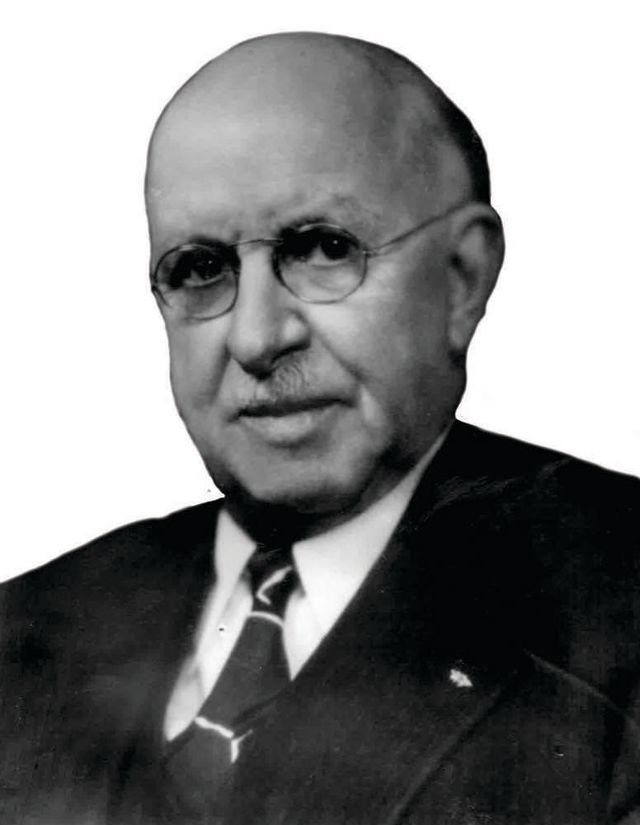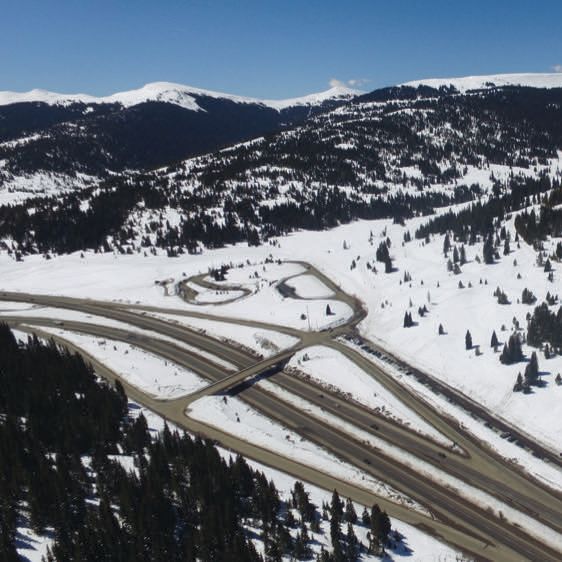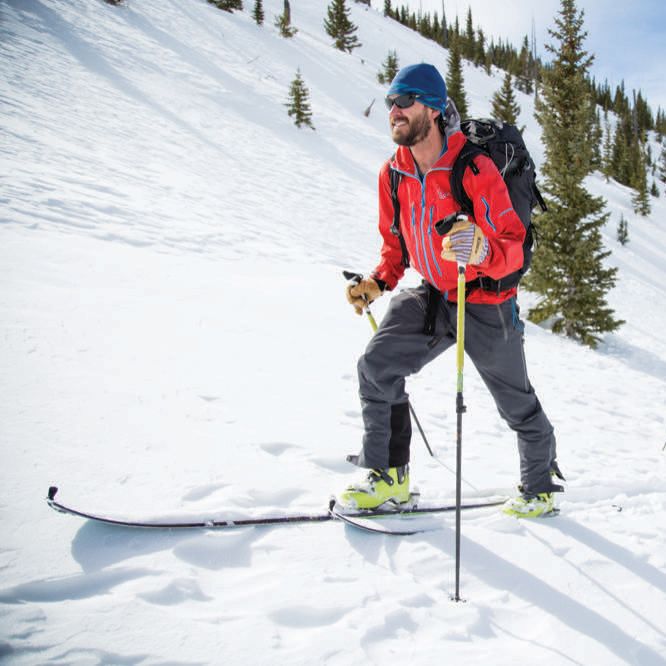The Making of Vail Pass

Charles D. Vail
Vail Pass—and the ski resort 10 miles west—was named for Charles D. “Charley” Vail, one of the state’s most prolific highway engineers. When Vail took office in 1931, Colorado had barely 500 miles of paved highways, and the most direct route from Denver to the Eagle River Valley (today’s Vail Valley) involved a circuitous transit over a two-lane country road that wound through Fairplay, Buena Vista, and Leadville before climbing over Tennessee Pass and dropping into the town of Minturn.
As the architect of Colorado’s modern interstate system (miles of paved highway expanded eight-fold during his 14-year tenure), Vail proposed a direct route from Denver that from Frisco would climb through a saddle between Uneva Peak and Shrine Ridge, then follow Gore Creek into the Eagle River Valley. The state highway engineer’s route—dubbed Vail Pass—remained a pipe dream for three decades, until 1975 (30 years after Vail’s death), when construction of Interstate 70 west of Silverthorne began, following Vail’s original plan. Completed in 1978, the mile of highway that tops out at Exit 190 was deemed a marvel of modern engineering, with several milestones, including the first bridge span in the country built with pre-cast concrete (with sections ferried from Denver), erosion-resistant landscaping (including a unique retaining wall designed by architects from Frank Lloyd Wright’s Taliesin West), the state’s first separated bicycle path over a mountain pass, and the first solar-heated rest area in Colorado.










































